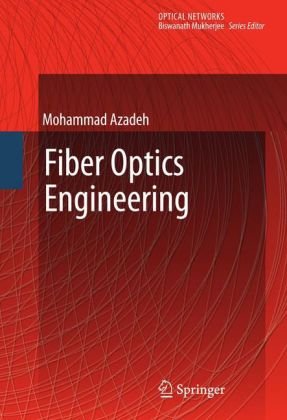

Most ebook files are in PDF format, so you can easily read them using various software such as Foxit Reader or directly on the Google Chrome browser.
Some ebook files are released by publishers in other formats such as .awz, .mobi, .epub, .fb2, etc. You may need to install specific software to read these formats on mobile/PC, such as Calibre.
Please read the tutorial at this link: https://ebookbell.com/faq
We offer FREE conversion to the popular formats you request; however, this may take some time. Therefore, right after payment, please email us, and we will try to provide the service as quickly as possible.
For some exceptional file formats or broken links (if any), please refrain from opening any disputes. Instead, email us first, and we will try to assist within a maximum of 6 hours.
EbookBell Team

4.3
38 reviewsFiber Optics Engineering discusses the theoretical and practical backgrounds of fiber optics while including insights that are usually gained with experience. The author provides an introduction to the area of fiber optics engineering. The text is straightforward, and complex mathematical equations are kept to a minimum.
Fundamental ideas are discussed in the first few introductory chapters. These include concepts such as the nature of light, foundations of fiber optics, analysis of electrical and optical signals and telecommunication networks. The critical blocks in a fiber optic system, diode lasers, optical fibers, photodetectors, and passive components, each have a dedicated chapter. The text examines optical transceivers from an electronics and circuit perspective. Emphasis is placed on circuit design and signal integrity, as related to optical transmission and reception. Included also are chapters on test and measurement, reliability, and standards.
Fiber Optics Engineering provides a valuable reference point both for those who want to become familiar with fiber optics as a fast evolving technology and for engineers who want to apply the material in an industrial design environment.